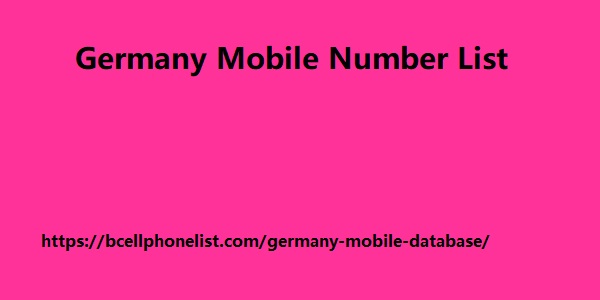Post by account_disabled on Mar 10, 2024 22:08:19 GMT -5
Management software or clm ( contract lifecycle management in english) is the ideal tool, since it allows you to view the entire legal process digitally, from the application to the renewal or termination. Of said contract. Webdox is a complete and flexible clm, which adapts to the needs and processes of each company. Lemontech and webdox as legal project management software in short, lawyers today have tools that facilitate and streamline legal processes, and given the context we face, it is not an option for companies to migrate to digitalization and legal automation, rather, if they intend to be organizations who are at the forefront, this migration is a necessity.We redesign and reorganize the user profile interface to speed up its configuration and give greater visibility to your company's processes. Profile-1 we want your contractual processes to be more efficient every day. For this, it is necessary that all internal management and configuration activities be more agile and give greater visibility to your work team.
This improvement in the product helps our users find all the relevant information about each person in the company. The main view provides quick access to configure basic information, password and the new drawn signature. In addition, it integrates new Germany Mobile Number List sections such as groups (previously user roles) and latest activities, for better auditing. How to configure my basic information ? 1. Select the icon with your name in the webdox sidebar and select profile . 2. Select the edit profile button and you will find the sections to configure your personal data, account, password, second password and drawn signature.Ordinary revenue from contracts with customers, treats contracts as assets and liabilities that are accounted for based on the fulfillment of the performance obligations of the service provider or seller of the good. In fact, in its appendix a, it defines: contract assets: “ the right of an entity to consideration in exchange for goods or services that the entity has transferred to a customer when that right is conditioned on something other than the passage of time (for example, the future performance of the entity) .” contract liabilities: “the obligation of an entity to transfer to a customer goods or services for which it has received consideration from the customer (or the amount is payable to the customer) .

This rule came into effect on january 1, 2017, and without a doubt, it is affecting contract management. Therefore, it is important that managers and directors related to finance know the most important aspects surrounding it. Scope of ifrs 15 the standard applies to all contracts with clients , except those that are within the scope of other ifrs, such as: leases. Insurance contracts. Financial instruments. Cooperation and collaboration agreements. Non-monetary exchanges between entities of the same type of activity to facilitate sales to potential customers. The importance of contracts seen as active and passive the status of contracts as assets and liabilities, coupled with the recognition of revenue only to the extent that the agreed goods and services are transferred, is essential for the effective accounting of the rights and obligations derived from the contractual documents, which generates an immediate financial impact . But more importantly, it allows business figures to be compared globally, a fundamental magnitude when establishing commercial and corporate relationships of a transnational nature. E-book cover you will also like our article: what are the main types of contracts that exist? The 5-step model: the new revenue model ifrs 15 structures revenue recognition in 5 steps.
